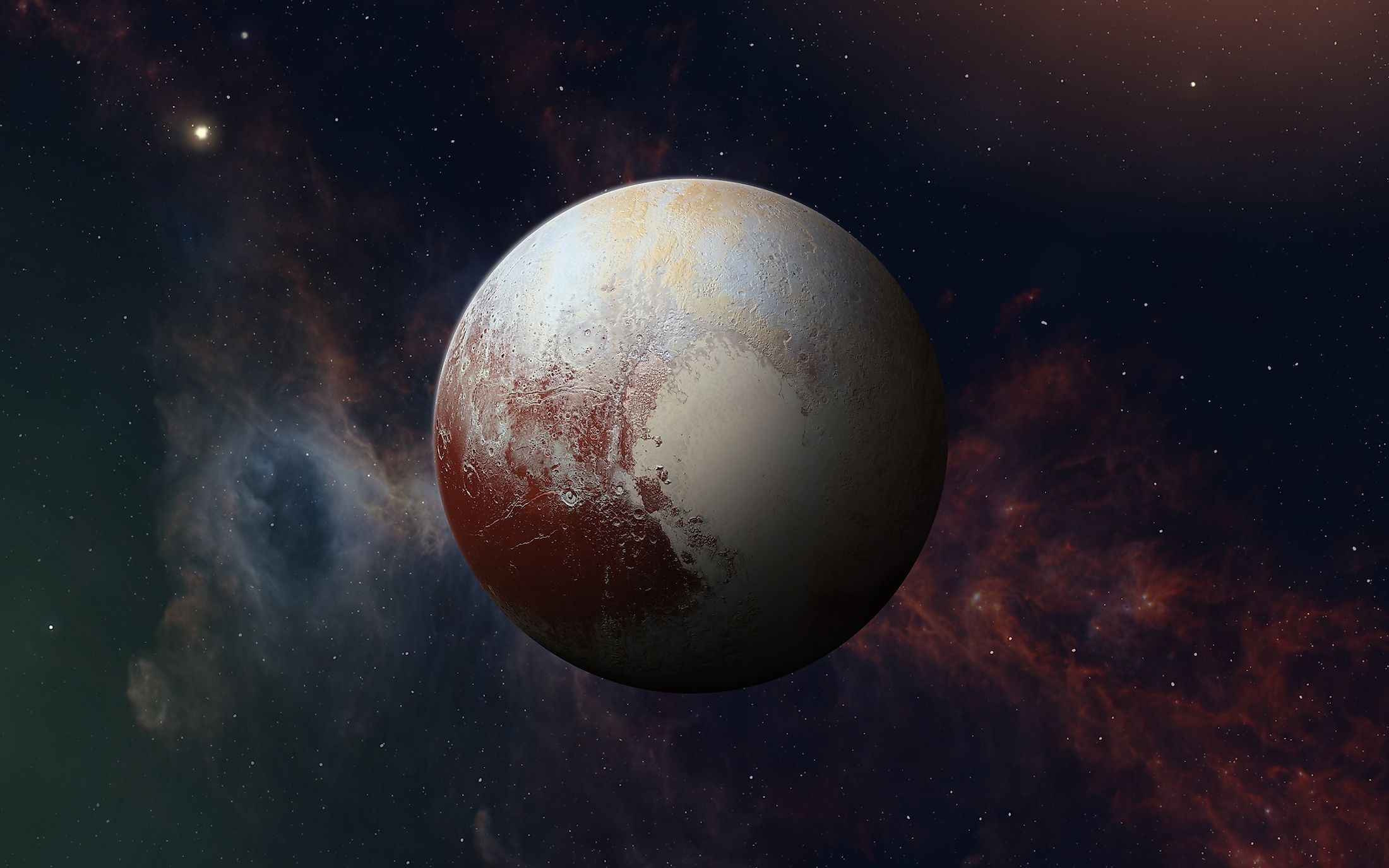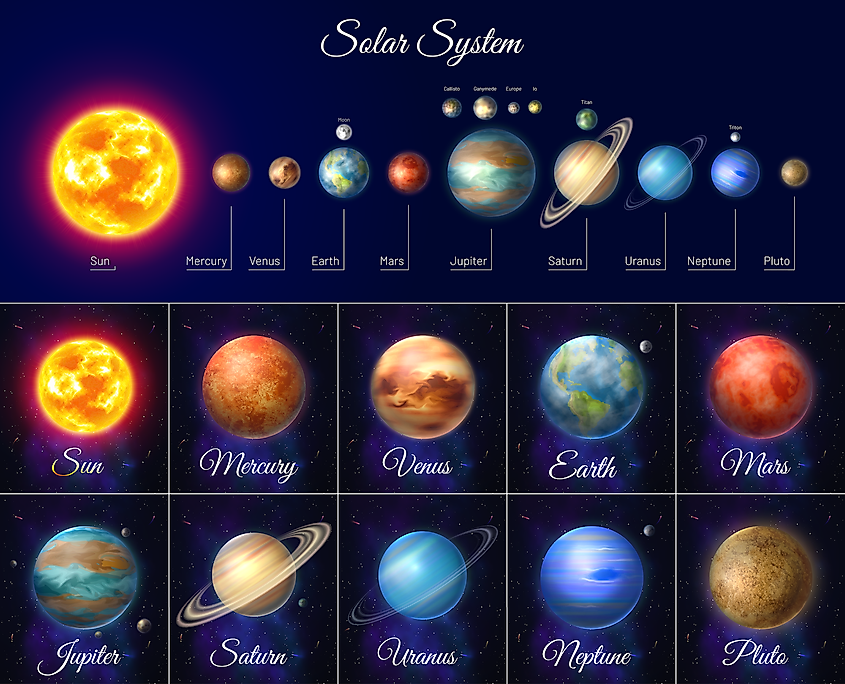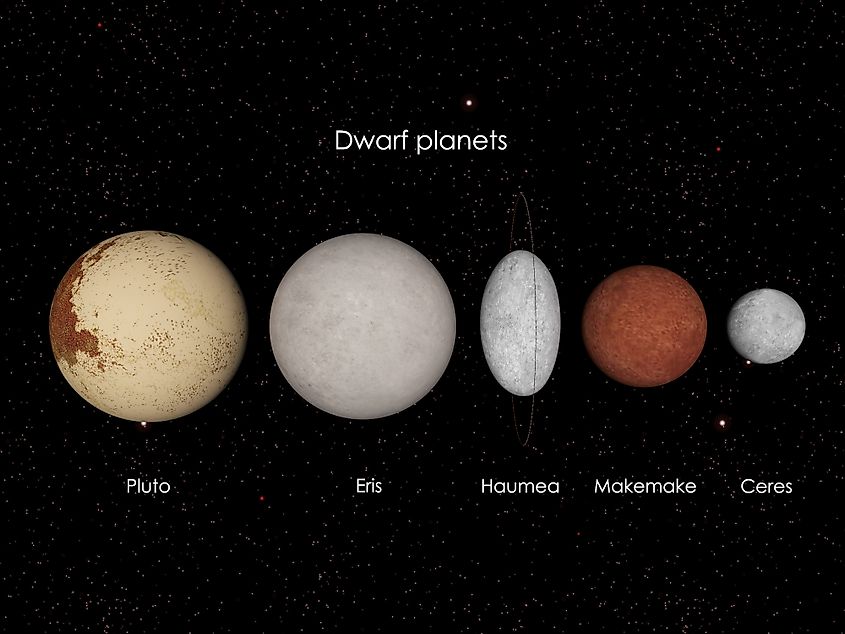
Why Is Pluto Not A Planet?
If you attended elementary or middle school prior to 2006, you might recall learning that the solar system consisted of nine planets. Mercury was the closest planet to the Sun, and Pluto was the furthest planet from the Sun. However, after 2006, models of the solar system became somewhat different. There are no longer nine planets in orbit around the Sun, but rather, there are now eight. After 2006, Pluto was no longer considered a planet by the astronomical community. What happened to poor Pluto?
The Ninth Planet?
To understand why Pluto was once defined as a planet and why that definition was eventually changed, we must first understand the history of this small world. Pluto was discovered in 1930 by the American astronomer Clyde Tombaugh. Tombaugh had been tasked with finding what was then referred to as "Planet X." Astronomers believed that an object roughly the mass of Earth existed beyond the orbit of Neptune because, at the time, astronomers could not explain certain aspects of the orbits of Uranus and Neptune. The orbits of Uranus and Neptune were slightly tilted, and based on the measured sizes and masses of the two planets, astronomers simply could not explain why they were tilted. However, if another planet existed outside the orbit of Neptune, its gravitational pull could explain the changes observed in the orbits of Uranus and Neptune. Astronomers called this mystery world "Planet X." Astronomers worldwide began their search. In 1930, Clyde Tombaugh became the first astronomer to confirm the existence of an object orbiting the Sun beyond Neptune.

Interestingly, this object was located almost exactly where astronomers had predicted Planet X would be. The object was soon named Pluto, after the Roman god of the underworld. For decades, astronomers believed they had discovered the ninth planet in our solar system. The true size and mass of Pluto would remain a mystery until the discovery of Pluto's largest moon Charon in 1978. With the discovery of an object in orbit around Pluto, astronomers could accurately determine the mass of Pluto. Rather than being the mass of Earth as had been believed, Pluto was merely 0.2% of the mass of Earth. That made Pluto significantly less massive than even our moon, and it soon became obvious that Pluto was not Planet X. Pluto was simply too small to be causing the changes observed in the orbits of Uranus and Neptune. Interestingly, with the Voyager 2 flybys of Uranus and Neptune in the 1980s, astronomers were able to measure the masses of both Uranus and Neptune with extraordinary accuracy, uncovering that the initial numbers used to predict the existence of Planet X had been wrong. With their true masses known, astronomers were able to now explain the orbits of Uranus and Neptune without invoking the existence of another planet. Pluto may not have been Planet X or nearly as massive as was once believed. However, it was still defined as a planet.
What Is A Planet?
Pluto's place among the planets was called into question in the 1990s as astronomers began to uncover other worlds of similar size and mass. Then in 2005, astronomers announced the discovery of another object that orbited the Sun beyond Neptune. This new object, called Eris, was even larger than Pluto. Some astronomers argued that Eris and other similar objects should all be considered planets in their own right. However, the International Astronomical Union (IAU) wondered if all these objects should simply be reclassified. Up until 2006, there had actually been no agreed-upon definition for what a planet is. In 2006, the IAU published an official, agreed-upon definition of a planet. They used three criteria:
- The object must orbit the Sun.
- The object's gravitational pull must be strong enough that it pulls the object into a spherical shape.
- The object must be massive enough to clear its orbit of debris.
All the planets from Mercury to Neptune meet these three criteria, yet Pluto does not. Although Pluto does orbit the Sun, and it is spherical, Pluto lacks a strong enough gravitational force to clear its orbit of debris. This definition demoted Pluto and other objects of similar mass to a new classification called a dwarf planet.
A Unique And Interesting World

Pluto may have been given a new classification, but this new system in no way, shape, or form demeans Pluto as a unique and interesting world. In 2015, the New Horizons spacecraft completed the first-ever flyby of the Pluto system, offering humanity its first close-up, high-resolution images of Pluto's surface. New Horizons revealed a world that no one had expected. Vast ice plains, mountain ranges made of ice, rivers, and lakes of liquid nitrogen, and even evidence of geologic activity. Pluto may no longer be considered a planet, but it is still as interesting as any of the eight planets that orbit the Sun.











